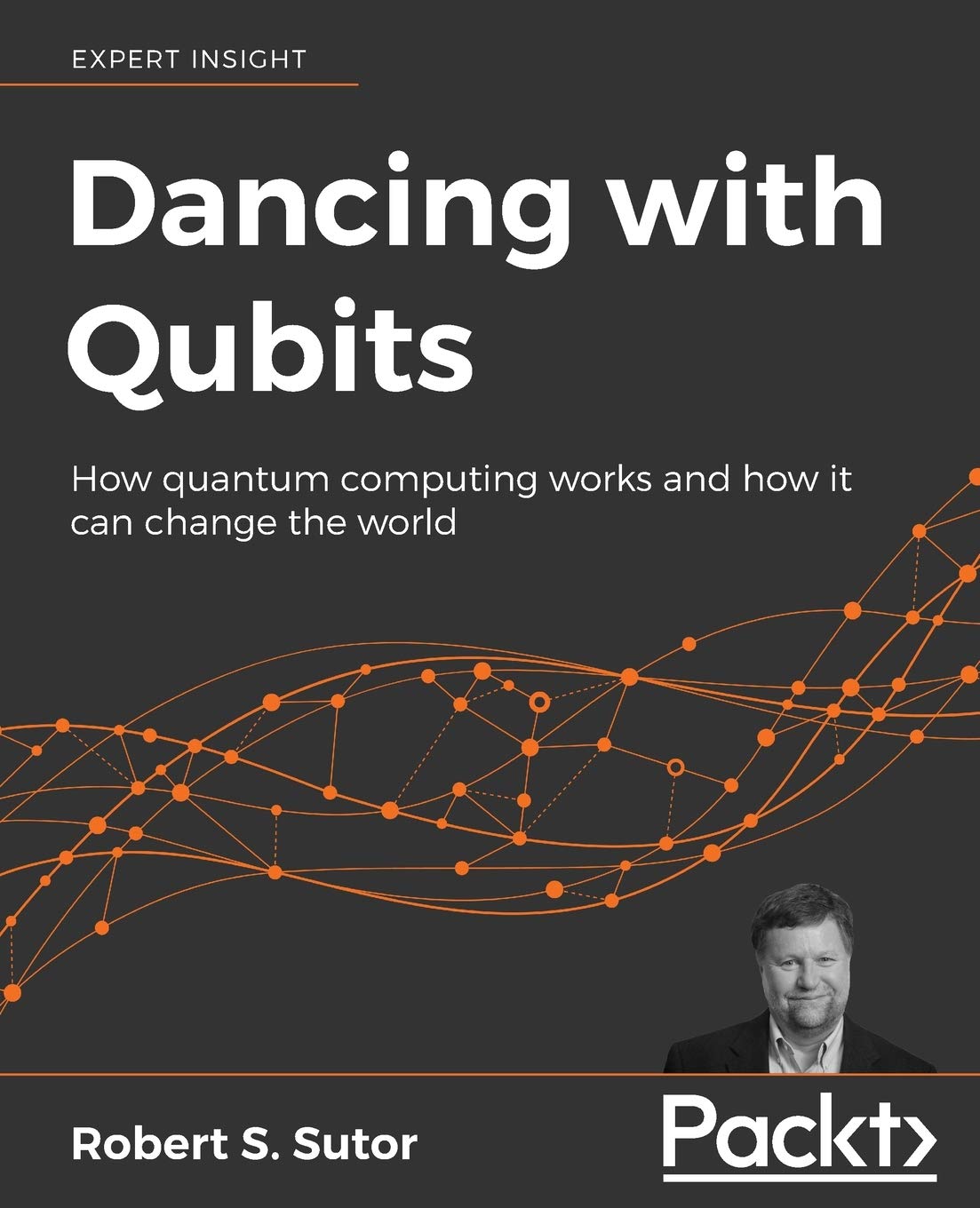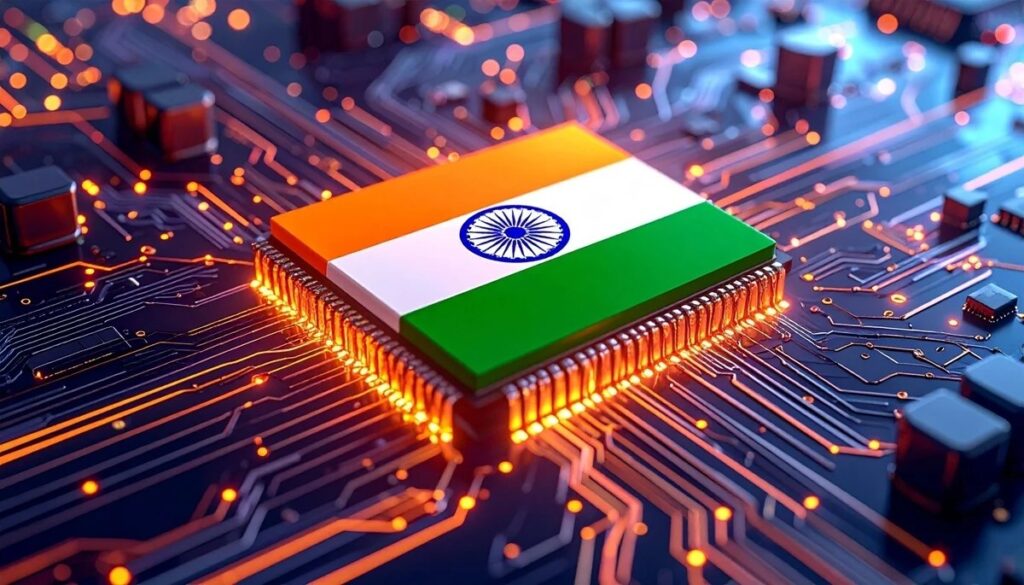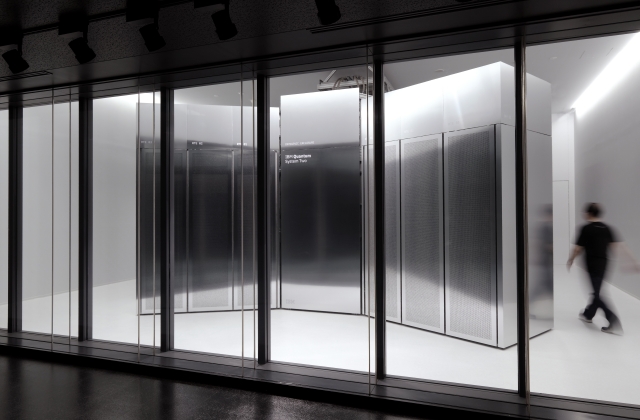
Every adventure needs a guide. And quantum computing is a huuuuge adventure, so we need a precise, accessible guide that can cover a lot of material and unite a lot of fields of knowledge.
That’s precisely why Robert Sutor put together a complete guide to quantum computing called Dancing With Qubits.
Robert Sutor is in a unique position to serve as a guide on this quantum adventure. He has decades of leadership experience in the tech world and currently serves as the Vice President of IBM Q Strategy and Ecosystem at IBM Research.
You might think, “Great, just what the world needs: another thick textbook written by a business insider who is just polishing up the resume.” Weighing in at around 400-plus pages, the book is pretty thick, I’ll give you that. However, it’s not dense, but clear and well-written, and it’s actually –, dare I say — a fun read for people who are motivated to learn about quantum computing.

In fact, the book suits a desperately needed niche category. Currently, books on quantum computing range from the quick-look books designed to offer overviews, but not real depth, and tomes on quantum science that are almost as expensive as they are indecipherable.
Sutor has also taken a unique approach in his book. While many books on quantum computing drop you off in the middle of entangled qubits, Sutor whets your appetite for quantum computing and then helps build your foundational knowledge of the science by reaching back into basic math and then moving the conversation to qubits and quantum algorithms. The pace never gets out of control, and he seems to have an almost intuitive feel for what material will be more challenging than other lessons.
It’s only fair to say that this book requires some commitment on your part. You shouldn’t skip parts or breeze over bits to get to the sections that you want to cover. The book is pretty holistic and to really get what the author is trying to convey, stick with the program. How do I know this? I tried to do the breezy thing first. And then decided to really follow the path. Don’t worry, if you do take this step-by-step approach, Robert Sutor rewards you with crisp lessons and some interesting asides to make the effort worthwhile.
(Just an aside: I am a science journalist who has a layman’s love of research and science uniquely coupled with a nearly equally intense layman’s aversion to mathematics, but, believe it, or not, the math section of the book was an unexpected favorite of mine! There is hope for science journalists yet!)
While you have to be committed, you don’t need a doctorate to understand this nor do you need to know programming, although, Sutor offers some coding examples for programmers and for people who might be interested in programming a quantum computer—or any computer—at some point. I added that bit about “any computer” because Sutor makes a convincing case that quantum computers will likely not replace all types of computation, but, rather, we will enter an era of hybrid classic-quantum computers where both systems perform the computations for which they are uniquely suited.
This insight, by the way, is also a good example of some of those nuggets of wisdom Sutor drops on you while you read this extremely important guide to our quantum future. You can read more about this book here: https://www.robertsutor.com/dancing-with-qubits/.
Here’s some more background material: Robert Sutor was an executive on the software side of the business in areas including emerging industry standards, software on Linux, mobile, and open source. He’s a theoretical mathematician by training, earned his doctorate at Princeton University and his undergraduate degree from Harvard College. He started coding at 15, learning most of the programming languages along the way.

















